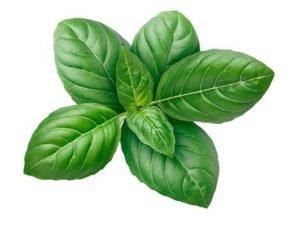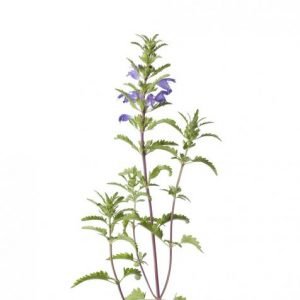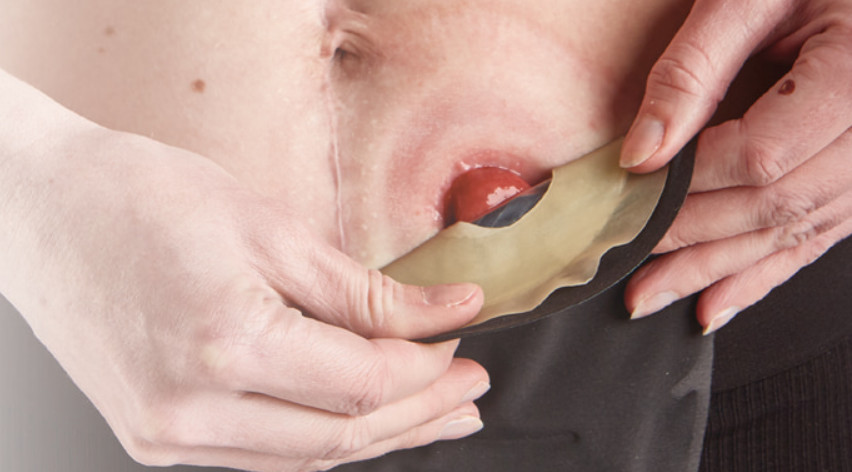Best medicinal herbs to grow indoors
It is better to grow medicinal plants at home so that we can use them when necessary to treat a variety of diseases.
Herbs can be used to treat a variety of ailments. Herbs can be used to treat headaches, stomach problems, and even insect bites. Herbs can be consumed as tea, garnish, topically and in financial oil, or taken as tablets.
Remember to follow the plant care instructions if you wish to grow any of these plants. Plants should not be treated with pesticides or other harmful chemicals. Your body does not need any of these chemicals!

1. Homegrown basil
It is commonly used to flavor salads, pasta, and other foods. Many common ailments can be treated with basil vitamins and minerals, such as Vitamin K and Iron.
Manganese in basil, for example, aids the body’s metabolism of various compounds. It is usually referred to as sacred basil. Tea, ointments, and other products made from this plant are used to treat various diseases, including fevers and diabetes.
Basil has the following benefits:
Stress reduction
Antibacterial properties that are strong
Antioxidant-rich food
Defend against some of the harmful effects of aging
Inflammation and swelling can be reduced
Bones and liver are strengthened
Enhance safety
Metabolic rate is increased
Digestion is improved
2. Homegrown valerian
Cats enjoy Valerian plants. As a result of its stimulating scent, most cats are drawn to the plant and roll around it.
For humans, it is commonly used as a stress reliever, sleep aid, and skin problem treatment. You and your friends will benefit from thymol and other compounds found in this plant.
Valerian has the following benefits:
Insect bite stimulation is reduced
Anxiety and stress can be relieved
Ensures that stomach upset is reduced
Fever and cold recovery are accelerated
3. Homegrown red pepper medicinal plant
It is a good detox food for many people as it is a spicy food that can be added to food or drinks. The compound capsaicin is spicy, but it has health benefits as well.
Pepper has the following benefits:
Pain and cholesterol can be reduced
The body is cleansed
Metabolic rate is increased
Aids digestion and reduces stomach upset
Circulation is improved
Pain is reduced

4. Chamomile at home: how to grow it
The high concentration of antioxidants in chamomile makes it useful for curing a wide range of illnesses. Dried chamomile flowers can also be boiled to make chamomile tea.
You can have a better night’s sleep by drinking chamomile tea before bed.
Chamomile has the following benefits:
Skin health is improved
Pain is reduced
Inflammation and swelling are reduced
Antioxidant-rich source
Constipation is improved
5. Planting dandelion seeds at home
Don’t remove these annoying dandelions (taraxacum) from your yard until you’ve thought it through! It is not only edible, but also beneficial to eat dandelions. There are many vitamins and minerals in these herbs: vitamin K, vitamin C, iron, calcium, etc.
As a result of these vitamins and minerals, the bones and liver remain healthy. There is value in all parts of the dandelion. Tea is commonly made from dandelion root, for example.
Dandelion benefits include:
Supports liver health and cleanses the liver
Infections of the skin are treated
Bone health is supported
Infections of the urinary tract are prevented
6. Homegrown Echinacea
Purple flower seed is another medicinal plant, Echinacea. Another common tea ingredient is this flower, which has different symptoms to soothe and strengthen the immune system.
Colds often heal faster with the use of this popular herb. When consumed in higher doses, Echinacea can cause nausea and dizziness.
Echinacea’s benefits include:
Prevents and treats urinary tract infections
Immune system strengthening
Improves upper respiratory health
Infection-fighting
Cold symptoms are reduced
7. How to grow medicinal garlic at home
Infections can be fought with this plant, and cholesterol can be managed with its help. Garlic is good for your overall health.
Garlic has the following benefits:
Prevent heart disease
Blood pressure and cholesterol are lower
Strengthens the body, prevents Alzheimer’s
Enhances digestion
8. How to grow lavender at home
Its soothing aroma and ability to calm the nerves are two reasons why lavender is so popular. You can also enjoy lavender tea after a long day and night of sleep. Massage, aromatherapy, and even hair treatment use lavender oil!
Lavender has the following benefits:
Stress and tension are reduced
Migraines and headaches are eliminated
Sleeps well
Promotes healthy hair and skin
Acne-fighting
Pain is reduced
Respiratory problems are treated

9. How to grow Dracocephalum at home
Dracocephalum is another ancient medicinal plant that reduces stress and repels insects. There are many side effects associated with severe stress, but minimal stress is beneficial.
The leaves of this plant are delicious and can be used in several foods, such as tea, ice cream, etc. People use Dracocephalum tea to relieve anxiety, stress, and even calm restless children.
The following benefits are associated with Dracocephalum:
Stress and anxiety are relieved
Inflammation can be reduced
Mild wounds can be treated
Menstrual cramps are relieved
10. At home, growing pot marigolds
There are many uses for pot marigolds, including improving the health of the skin. Many antioxidants and other healthy compounds are found in these vibrant flowers. Besides keeping the body healthy, these plants also protect insects.
Marigolds have the following benefits:
Treats skin diseases and cleanses the skin
Inflammation can be reduced
Antibacterial and antiseptic properties
Earache and infection treatment
Enhances eye health
11. Homegrown parsley
The immune system, bone health, and digestive system are all supported by parsley. Its high concentration of antioxidants, vitamin K, and other compounds make it a powerful plant for the body. The right plant for good breathing is parsley!
Parsley has the following benefits:
Improves digestion and relieves bloating
Get rid of bad breath
Support for bone health
Antioxidant-rich source
12. Homegrown mint
We find mint in chewing gum, toothpaste, and desserts as another medicinal plant. Tea made from this plant relieves pain, nausea, and muscle aches. Those who suffer from morning sickness during pregnancy should drink mint tea.
Mint has the following benefits:
Allergies are eliminated
Muscle pain is reduced
Headaches are relieved
Indigestion, nausea, and gas are reduced
Digestive health is promoted
Bad breath treatment
Antibacterial properties
13. Homegrown rosemary
Vitamins and minerals in rosemary help the body perform various functions. In addition to improving memory, rosemary also promotes hair growth.
Rosemary has the following benefits:
Inflammation can be reduced
Circulation is improved
Enhances memory and brain function
Bad breath treatment
Promotes the health of the liver
Enhances hair growth
14. How to grow common sage at home
Another medicinal plant that supports memory and fights degenerative diseases is common sage. By lowering glucose levels naturally, it controls diabetes. Many foods and beauty products contain this plant
Sage has the following benefits:
Enhances memory and brain function
Support for gastrointestinal health
Boost the immune system
Diabetes treatment and management
Antioxidant-rich
Skin health is improved
15. How to grow Perforate St John’s-wort at home
A natural way to relieve depression symptoms is by using perforate St John’s-wort. Treatments include anxiety, mood swings, bad feelings, and obsessive-compulsive symptoms.
Perforate St John’s-wort benefits include:
Depression symptoms are relieved
Relieving anxiety
Inflammation can be reduced
Skin irritations are relieved


